Understanding BMW X5 dashboard warning lights is essential for maintaining vehicle safety and preventing costly damage, as these indicators alert drivers to potential issues ranging from minor maintenance needs to critical failures.
By recognizing and responding promptly to these lights, you can avoid breakdowns, ensure optimal performance, and protect yourself and passengers on the road.
This guide categorizes the major lights based on BMW’s color-coded system, focusing on those commonly found in the X5 model.
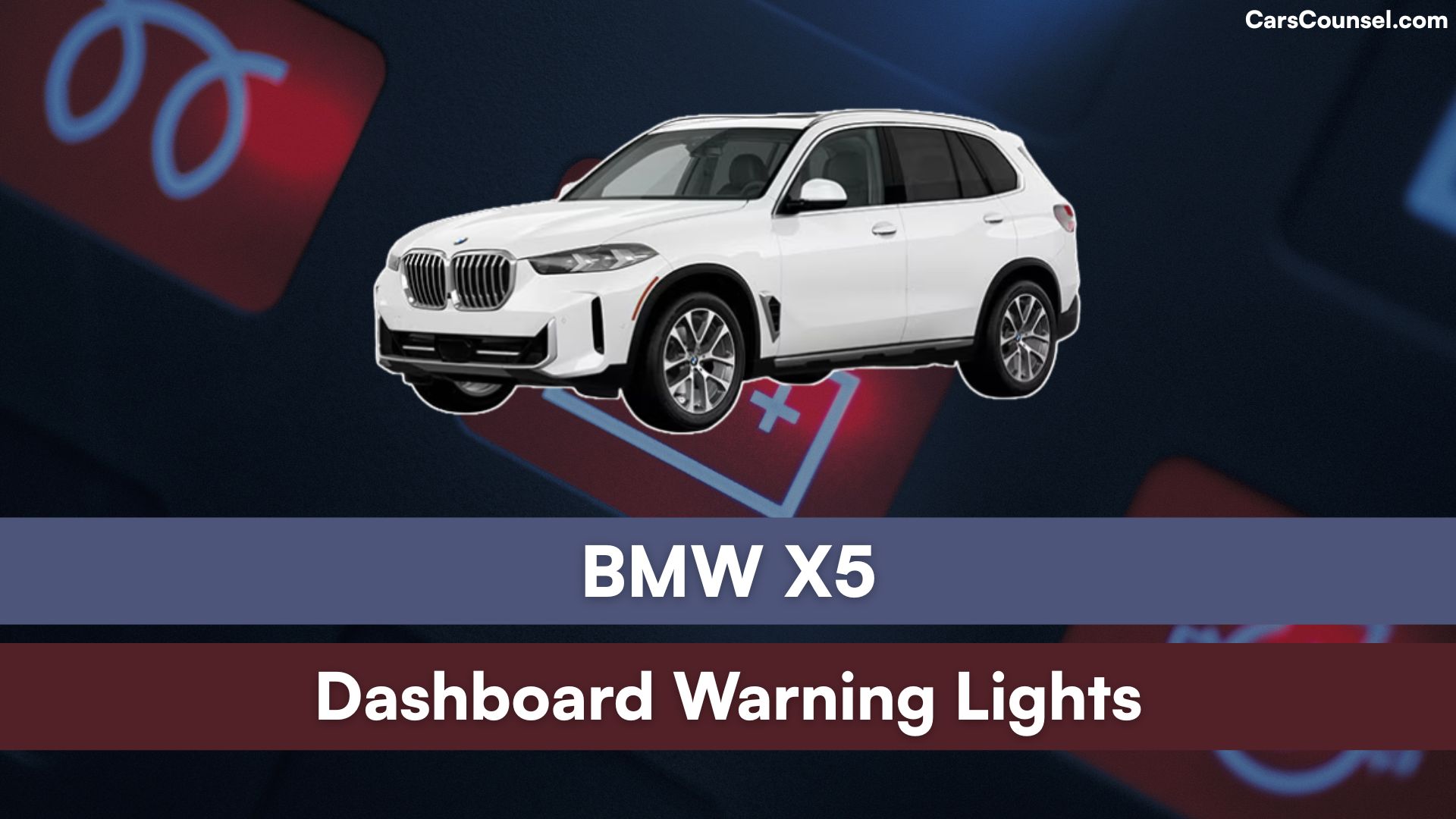
Quick Navigation
Red Warning Lights (Stop Immediately)
Safety Belt Reminder
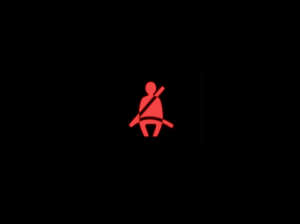
This light appears if the driver’s seatbelt is not fastened, signaling a risk during a crash. Stop and buckle up before driving.
Airbag System

Indicates a fault in the airbag or belt tensioner system, which could prevent proper deployment in an accident. Stop and have it checked by a mechanic right away.
Brake System Alert
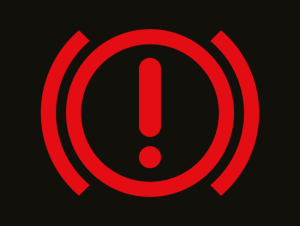
Shows low brake fluid or a hydraulic issue, risking brake failure. Pull over safely and call for roadside assistance or a tow.
Engine Coolant Temperature
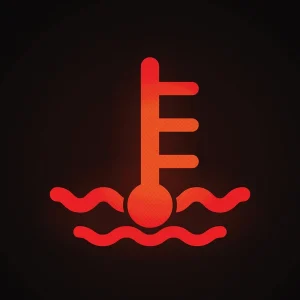
Warns of overheating engine, possibly from low coolant or a leak. Stop immediately, let the engine cool, and check coolant levels before proceeding.
Engine Oil Pressure
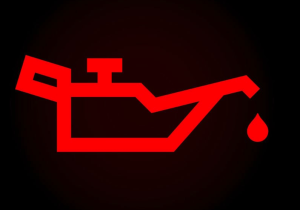
Signals low oil pressure or potential overheating, which can damage the engine. Pull over, turn off the engine, and check oil level; do not drive until fixed.
Battery Charging System
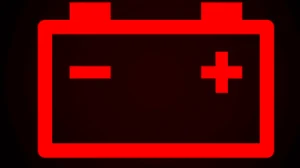
Indicates the battery is not charging properly, often due to alternator failure. Stop driving as the vehicle may lose power soon; seek immediate service.
Transmission Fault

Points to a serious issue in the transmission, like overheating or mechanical failure. Stop the vehicle and have it towed to a service center.
Steering Lock
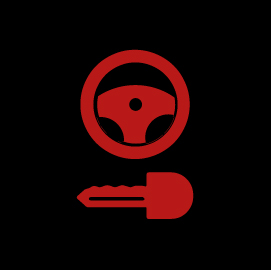
Appears if there’s a fault in the steering system lock, preventing safe control. Stop and get professional help without attempting to drive.
Power Steering Failure

Signals a problem with power steering assistance, making the wheel hard to turn. Pull over and contact a mechanic, as driving is unsafe.
Diesel Particulate Filter Overload
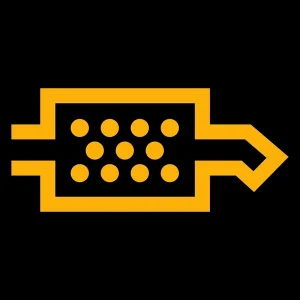
For diesel models, this shows the filter is clogged, risking engine damage. Stop and visit a service center for regeneration or replacement.
Engine Overheat Critical
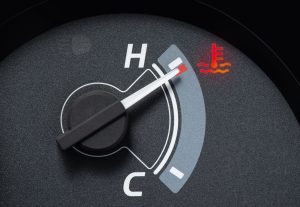
A severe overheating alert beyond normal coolant warning. Immediately stop, turn off the engine, and wait for it to cool before checking.
Brake Fluid Low Critical

Indicates critically low brake fluid, leading to potential brake loss. Stop right away and refill or repair the system.
Door Ajar Critical
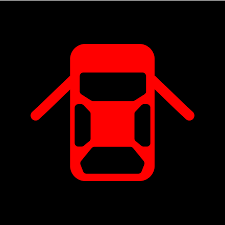
If flashing red, a door is not securely closed, posing a safety risk at speed. Stop and ensure all doors are latched properly.
Emergency Brake Malfunction

Shows a failure in the emergency brake system. Pull over safely and do not drive until repaired.
Yellow/Amber Warning Lights (Action Required Soon)
Anti-Lock Braking System (ABS)
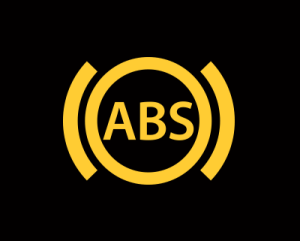
Indicates a fault in the ABS, meaning wheels could lock during hard braking. Drive carefully and schedule service soon to restore function.
Check Engine
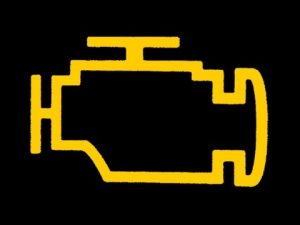
Signals an engine issue, like a sensor fault or emissions problem, which may reduce performance. Get a diagnostic check at a service center promptly.
Tyre Pressure Monitoring
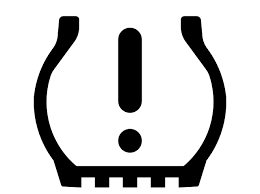
Shows low pressure in one or more tires, affecting handling and fuel efficiency. Inflate tires to the recommended level as soon as possible.
Dynamic Stability Control (DSC)
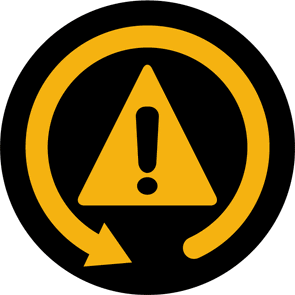
Points to a traction control issue, possibly from slippery conditions or a fault. Drive cautiously and have it inspected soon.
Glow Plug

For diesel engines, this lights up during pre-heating; if it stays on, there’s a fault. Wait for it to go off before starting, or get it checked.
Electronic Stability Program (ESP)
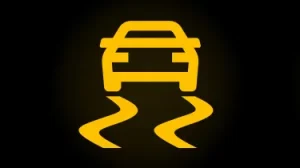
Similar to DSC, this warns of stability system issues. Proceed with care and book a service appointment.
Eco Mode Fault
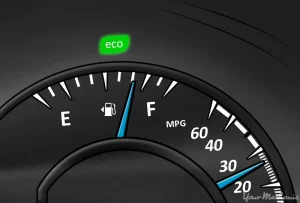
Signals a problem with the fuel-saving eco mode system. Switch to normal mode and get it checked to restore efficiency.
Bulb Out

Warns that an exterior light, like a headlamp, is not working. Replace the bulb soon to maintain visibility and avoid tickets.
Fuel Cap Loose
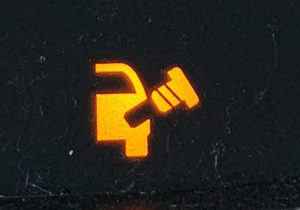
Indicates the fuel cap is not sealed, causing a system leak. Tighten it securely and drive a bit for the light to reset.
Air Suspension Fault

For models with air suspension, this signals a leak or compressor issue. Drive slowly and service soon.
Lane Departure Warning Fault
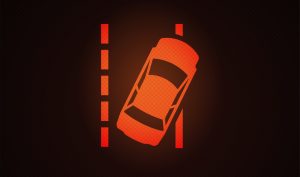
Indicates the lane assist system is malfunctioning. Have it repaired to regain safety features.
Service Vehicle Soon
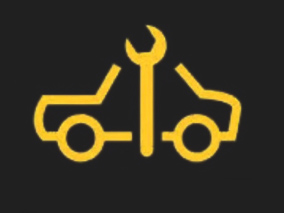
A general reminder for upcoming maintenance. Schedule a service appointment based on mileage.
Windshield Washer Fluid Low

Warns of low washer fluid. Refill the reservoir to keep the windshield clear.
Frontal Collision Warning Fault

Signals an issue with the collision detection system. Get it fixed to restore active safety.
Diesel Exhaust Fluid (DEF) Low
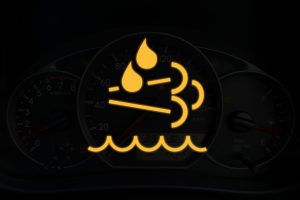
For diesel models, indicates low DEF fluid. Refill to avoid emissions issues.
Start/Stop System Fault
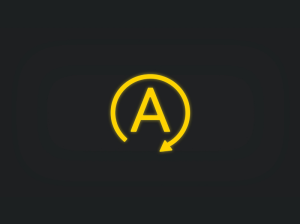
Shows a problem with the auto start/stop feature. Have it checked if it persists.
Green Dashboard Lights (Information Only)
Turn Signals
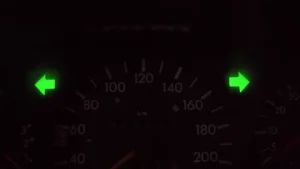
Indicates the turn signal is active for changing lanes or turning. No action needed; it flashes until canceled.
High Beams On

Shows high beam headlights are activated for better night visibility. Switch to low beams when approaching traffic.
Front Fog Lights

Confirms front fog lights are on for low-visibility conditions. Turn off when no longer needed.
Cruise Control Active
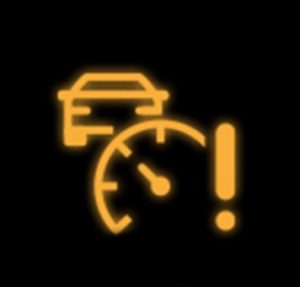
Indicates cruise control is engaged, maintaining set speed. Adjust or disengage as required.
Parking Lights

Shows parking lights are on, often with headlights. No issue; it’s just informational.
Daytime Running Lights
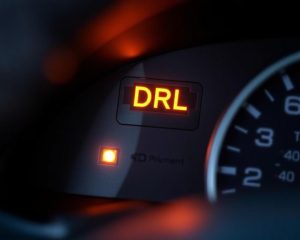
Confirms automatic daytime lights are active for safety. They operate without manual input.
Automatic Headlamp Dimmer
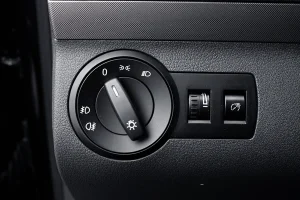
Indicates the auto-dimming feature for headlights is working. It adjusts based on conditions.
Adaptive Headlights
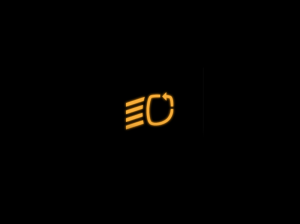
Confirms adaptive lights are adjusting to steering and speed. Enhances visibility on curves.
Tail Lights
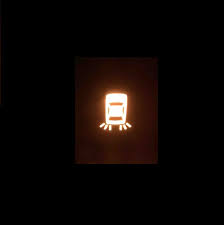
Indicates tail lights are functioning. Ensures rear visibility to other drivers.
Transmission in Neutral
Shows the gear is in neutral. Shift as needed for driving.
Brake Hold Active

Confirms the auto brake hold is engaged at stops. Release by pressing the accelerator.
Information Light
A general indicator for non-urgent vehicle status. Check the display for details.
Exterior Temperature Display
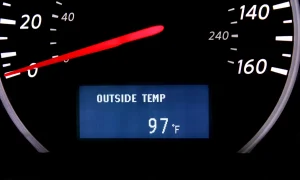
Provides current outside temperature. Helps with driving decisions like ice warnings.
Clock or Time Set
Confirms time is displayed correctly. Adjust if needed via settings.
Odometer Reading

Shows mileage; informational for maintenance tracking. No action required.
When looking at BMW, make sure to check out our guides on models like the BMW X6, BMW X7, BMW X2, and BMW X4. Understanding dashboard warning lights is essential. Our expert reviews break down what each light means, highlighting common alerts for these models and what they could signal about underlying issues, so you’re never left guessing behind the wheel.

